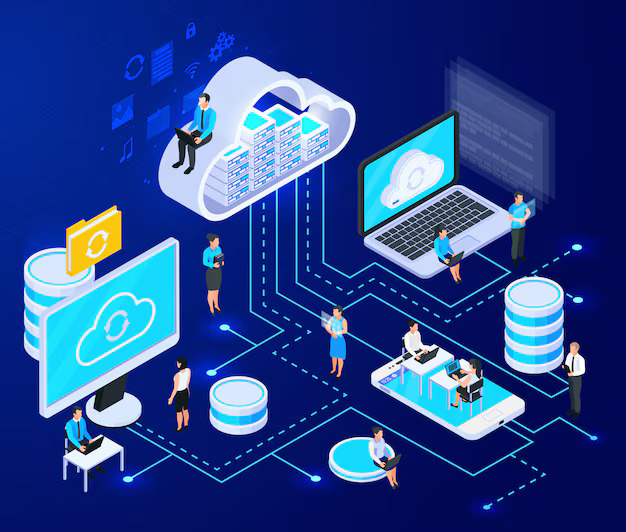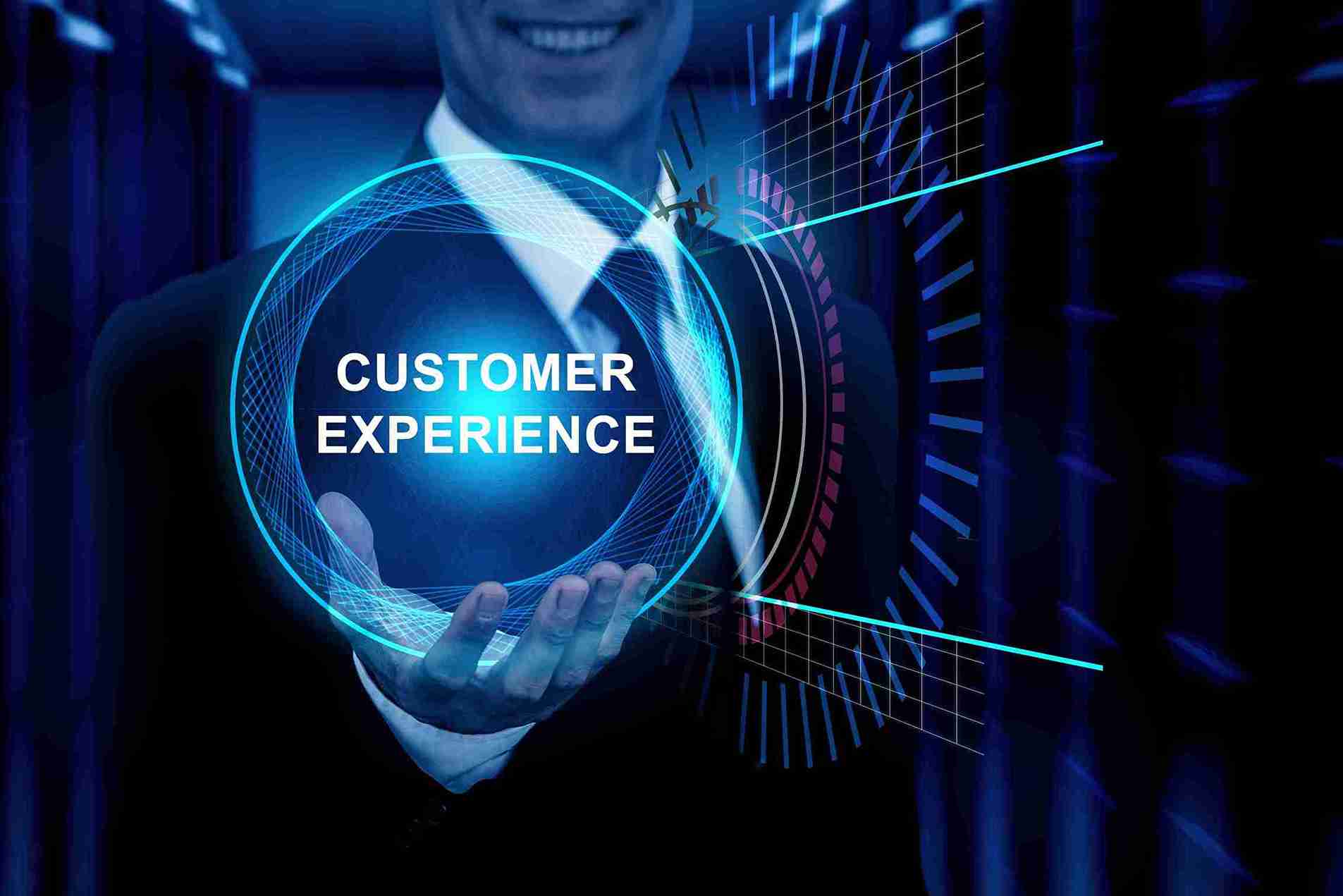In today’s digital-first world, customers expect businesses to meet them wherever they are—be it phone, email, live chat, or social media. Gone are the days when a single communication channel was enough to keep customers happy. Now, businesses that want to stay competitive must provide multichannel customer support, ensuring customers can connect in the way that’s most convenient for them.
While multichannel support is about offering various platforms for communication, its evolved form—omni-channel customer support—takes it a step further by connecting these channels for a seamless experience. For example, a customer might start a conversation on live chat, continue it through email, and resolve it over the phone without having to repeat their issue each time. This smooth transition between platforms builds trust, saves time, and enhances overall satisfaction.
What is Multichannel Customer Support?
Multichannel customer support is the practice of offering assistance to customers across multiple communication platforms. These typically include:
- Phone support
- Email support
- Live chat
- Social media (Facebook, Instagram, Twitter, LinkedIn)
- Messaging apps (WhatsApp, Messenger, etc.)
- Self-service portals and FAQs
The goal is simple: give customers the freedom to choose how they want to interact with a business.
Why Multichannel Support Matters Today
1. Customers Expect Options
Modern customers are not tied to one channel. Some prefer instant answers through live chat, while others may feel more comfortable with email. Businesses that limit themselves to a single channel risk losing customers to competitors offering more flexibility.
2. Faster Problem Resolution
When customers can pick the channel that best fits their situation, issues get resolved more quickly. For urgent problems, they may choose phone calls; for detailed inquiries, they might prefer email.
3. Improved Customer Satisfaction
Providing multiple options shows that a business values its customers’ preferences. This flexibility builds loyalty and trust.
4. Competitive Advantage
In industries where customer service makes or breaks a brand, multichannel support sets businesses apart from competitors who are slow to adapt.
Multichannel vs. Omni-Channel Customer Support
While these terms are often used interchangeably, there’s a big difference between them:
- Multichannel Support: Offers multiple separate communication platforms. A customer can interact via email, phone, or chat—but these channels may not be connected.
- Omni-Channel Customer Support: Connects all communication channels into a single, unified system. A customer’s journey is tracked across platforms, so agents can see the full history of interactions.
Example:
- Multichannel: A customer starts a chat on your website and later calls your helpline. The agent on the call has no knowledge of the chat conversation.
- Omni-channel: The agent instantly sees the chat history when the customer calls, making it easy to continue the conversation without repeating details.
Omni-channel support is the future of customer service, but multichannel is the foundation. Businesses often begin by adding more channels before integrating them into a seamless omni-channel system.
Benefits of Multichannel Customer Support
1. Meeting Customers Where They Are
Customers use multiple platforms daily—social media, email, messaging apps. Multichannel support ensures businesses remain accessible.
2. Increased Engagement
Offering various communication options increases customer interaction, giving businesses more chances to engage, upsell, and build relationships.
3. Better Data Insights
Every channel generates customer data. Analyzing these touchpoints helps businesses understand preferences and tailor their services.
4. Scalability
As businesses grow, multichannel support makes it easier to manage a larger customer base. Adding new platforms ensures no customer is left behind.
5. Enhanced Brand Reputation
Companies known for offering flexible, responsive support earn stronger reputations and attract more loyal customers.
Challenges of Multichannel Support
While it offers many advantages, businesses may face these challenges:
- Fragmented Conversations – Without integration, conversations can feel disconnected.
- Increased Complexity – More channels mean more to manage.
- Training Requirements – Support agents must be trained across multiple platforms.
- Consistency Issues – Different channels may deliver different levels of service, creating an inconsistent experience.
These challenges highlight why many businesses aim to evolve from multichannel to omni-channel customer support—where all interactions are unified in a single system.
Best Practices for Effective Multichannel Customer Support
1. Know Your Customers
Identify which platforms your customers prefer. For example, younger audiences may prefer social media, while professionals may stick to email.
2. Maintain Consistency Across Channels
Ensure the same tone, quality, and level of service across all platforms to avoid confusion or frustration.
3. Train Agents Thoroughly
Customer service representatives must be comfortable using multiple tools and platforms.
4. Use Technology Wisely
Adopt customer support software that integrates different channels into one dashboard, even if full omni-channel functionality isn’t in place yet.
5. Monitor and Improve
Track customer satisfaction, response times, and resolution rates across each channel to identify strengths and weaknesses.
How Multichannel Support Impacts Business Growth
Businesses that invest in multichannel support enjoy:
- Higher retention rates – Customers stay loyal to brands that make communication easy.
- Improved sales – Happy customers are more likely to purchase again or recommend your brand.
- Stronger relationships – Multiple touchpoints strengthen the bond between brand and customer.
- Global reach – Offering digital channels opens businesses to international audiences.
The Future: From Multichannel to Omni-Channel
The future of customer support is not just about offering multiple platforms but connecting them for a truly seamless experience. Companies that evolve from multichannel support to omni-channel customer support will gain an edge, as customers increasingly expect continuity across their journeys.
Imagine a world where your customer sends you a message on WhatsApp, continues via email, and finishes with a phone call—all without having to repeat their problem. That’s the level of convenience omni-channel support provides.
Final Thought
Multichannel customer support is no longer optional—it’s essential for any business aiming to succeed in today’s customer-driven marketplace. It provides flexibility, convenience, and faster resolutions while laying the groundwork for a seamless omni-channel future.
Businesses that invest in multichannel support today and gradually evolve toward omni-channel customer support tomorrow will not only meet customer expectations but also exceed them—building loyalty, trust, and long-term growth.
FAQs
Q1: What is multichannel customer support?
It’s when businesses provide customer service through multiple platforms like phone, email, chat, and social media.
Q2: How is omni-channel customer support different from multichannel?
Omni-channel connects all platforms into a single system, allowing seamless transitions between channels, while multichannel keeps them separate.
Q3: Why is multichannel support important?
It allows customers to reach businesses in the way most convenient for them, improving satisfaction and loyalty.
Q4: What challenges come with multichannel support?
Challenges include fragmented conversations, higher complexity, and the need for consistent training across channels.
Q5: Should small businesses adopt multichannel support?
Yes, even small businesses benefit by offering more options, which helps them compete and improve customer experience.





